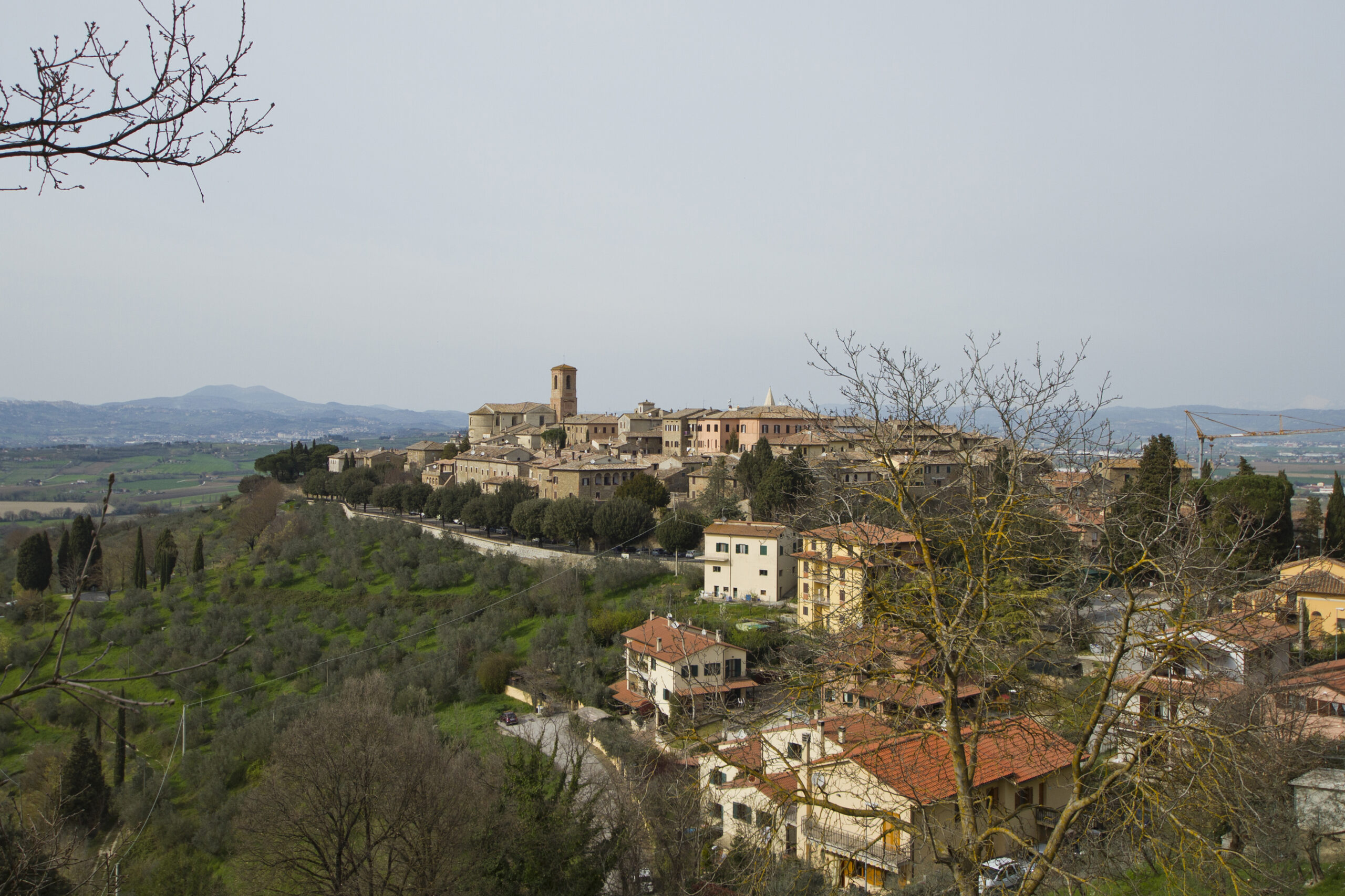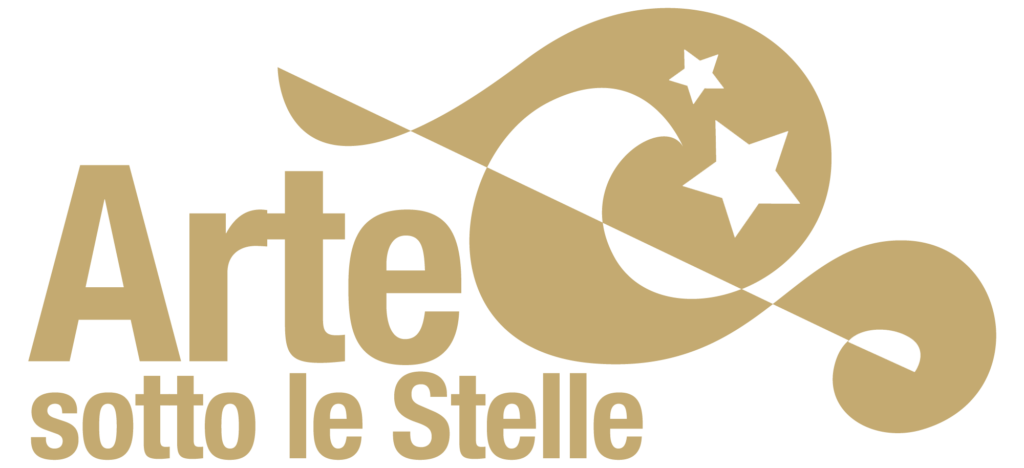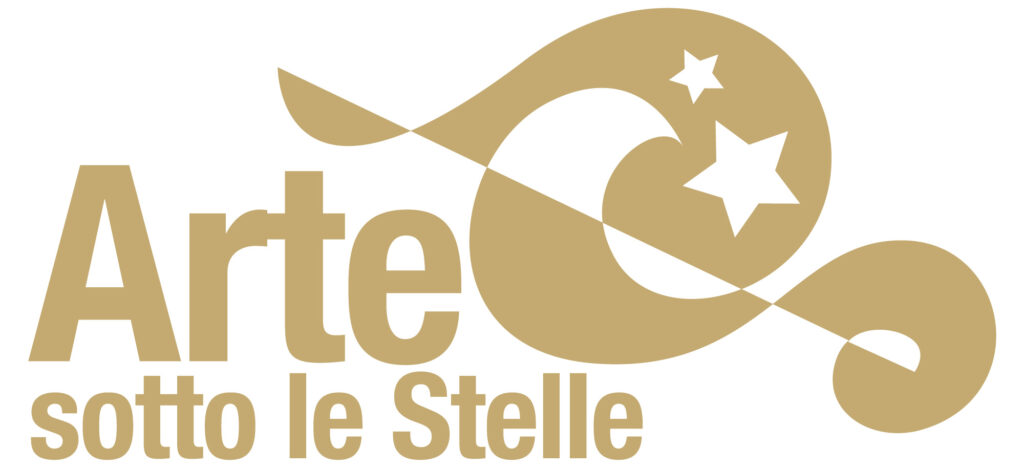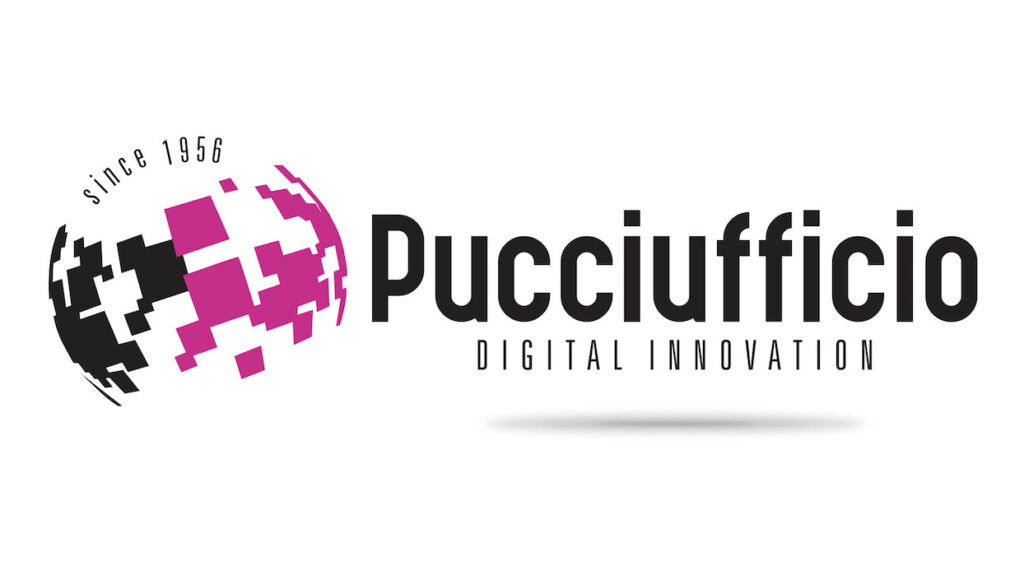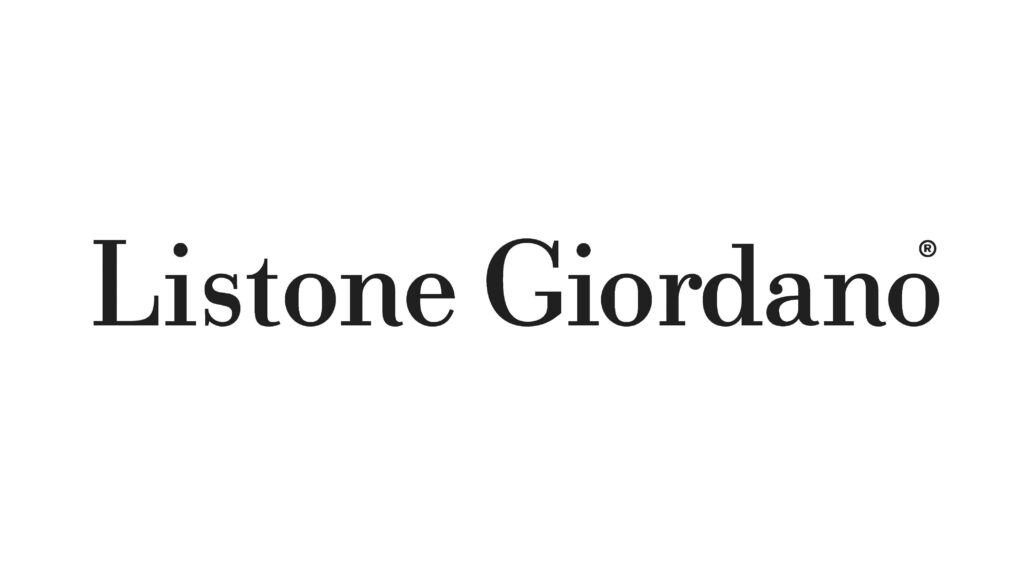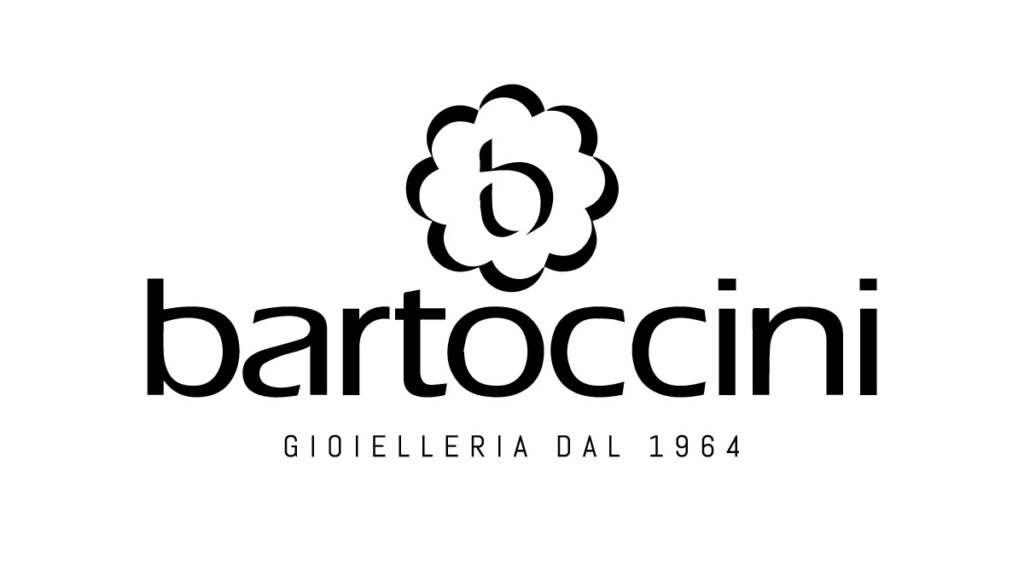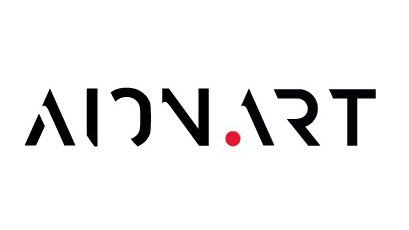Bettona
The town of Bettona rises 365 meters above sea level, in an exquisitely panoramic position located on a hill that is part of the northern offshoots of the Martani Mountains.
The territory of Bettona borders to the north with that of Bastia, to the east with Assisi and Cannara, to the south with Deruta and Collazzone and to the west with Torgiano. The flat part, at an average altitude of 180 meters, consists of alluvial deposits along the course of the rivers Chiascio and Topino.
The coat of arms of Bettona shows the depiction of a plant with oval leaves: it is the Betonica officinalis, a plant useful in the treatment of many diseases and widespread in Italy that, according to a popular etymology, would give its name to the city. However, the ancient etymology of the name could be ascribed to the ancient Vettona, dominated by the Etruscan people, who usually built their cities in a defensive raised position. The “Etruscan” walls have prevented the town from expanding, allowing the maintenance of its austere and elegant appearance for centuries.
Under the Roman rule, Bettona became a satellite of the colony Clusturmina and Lemonia, to be then declared a Romani municipality in 90 BC. After the barbarian invasions, the city finally enhanced its prestige during the Communal Age.
Demolished and conquered by Perugia, in 1367 Cardinal Egidio Albornoz took it from Perugia and equips it with a circle of walls, more restricted than the previous, but much more fortified.
The old town is a perfect architectural balance of historic buildings, overlooking the central squares, and new buildings, with some spaces occupied by gardens.
The restoration of the buildings are always accurate, with the use of the original materials, such as sandstone, old bricks and tiles, preserving the ancient aspect of the village.
Three former convents within the walls, two just outside, six churches, public buildings and numerous palaces are also present in the city,
while, just outside the walls a well-preserved natural environment, between an alternation of olive trees and Mediterranean scrub, creates a beautiful landscape.
Bettona draws its greatest resources from agriculture and, above all, from livestock farming, to which many industrial activities are linked.
The patron saint of Bettona is Saint Crispolto, one of the first followers of Jesus, martyred ain Badia according to the tradition. His life was narrated in the Acta Sanctorum, where it is stated to celebrate him on May 12.
Among the monuments of Bettona, the Museum of the City is divided into an archaeological section and an art gallery; it preserves works such as paintings by Perugino, tabernacle tablets painted by El Greco and a bust of the sculptor Canova.
